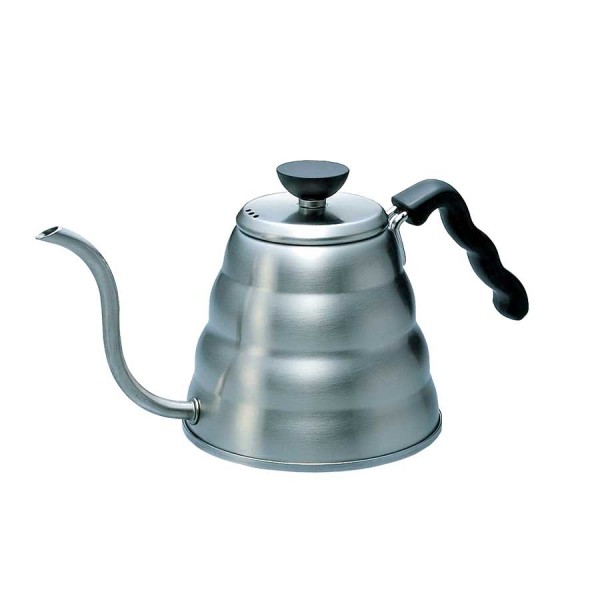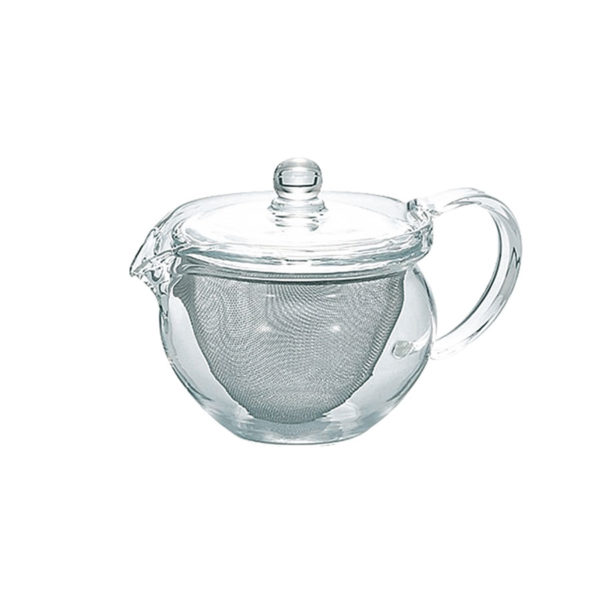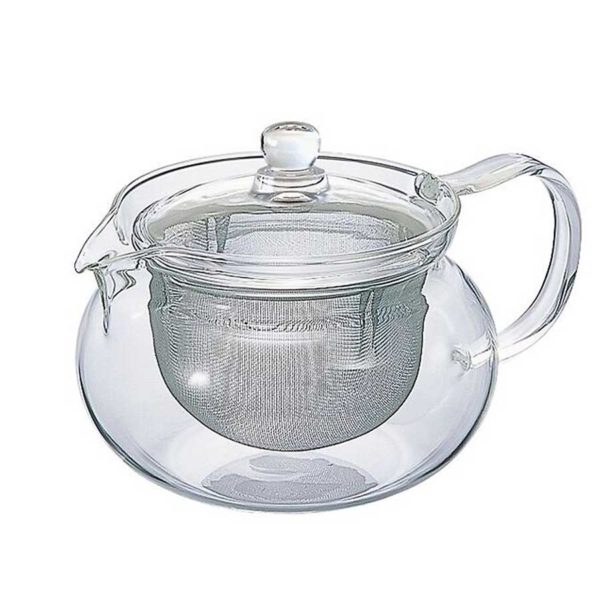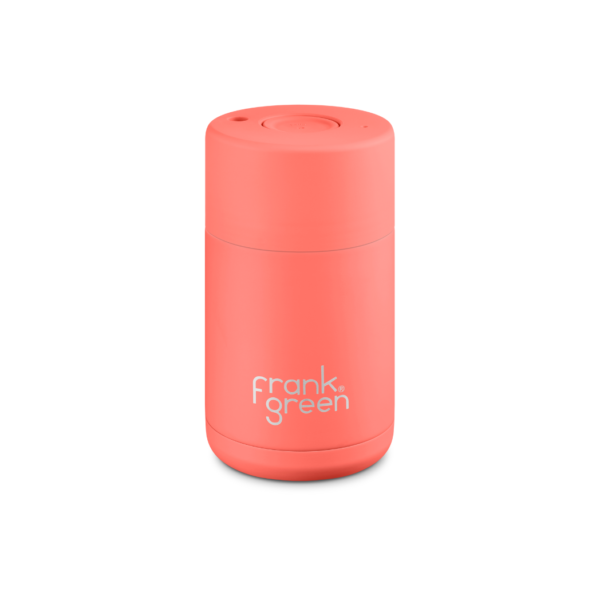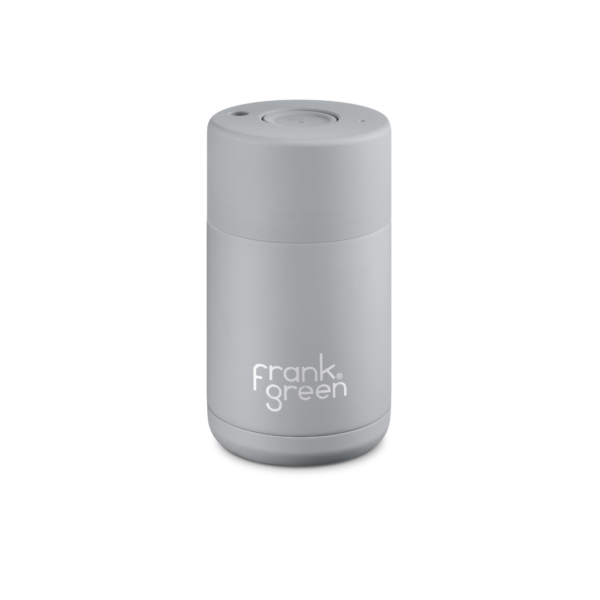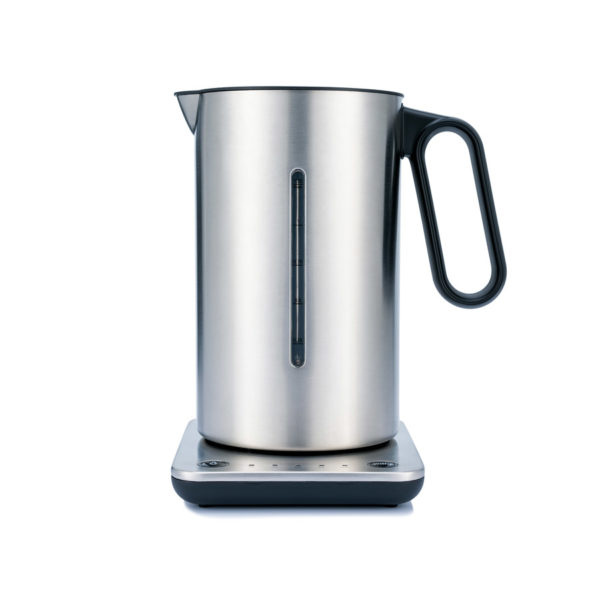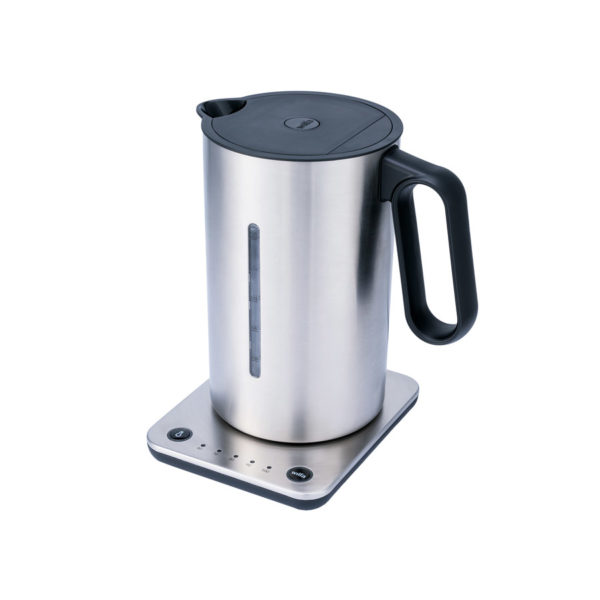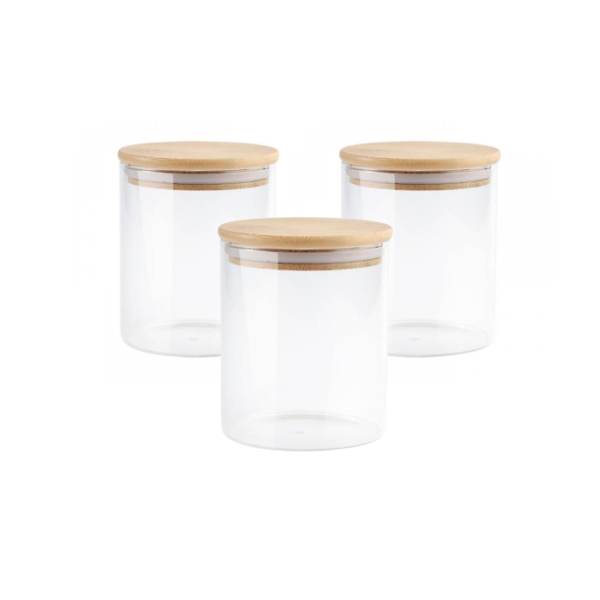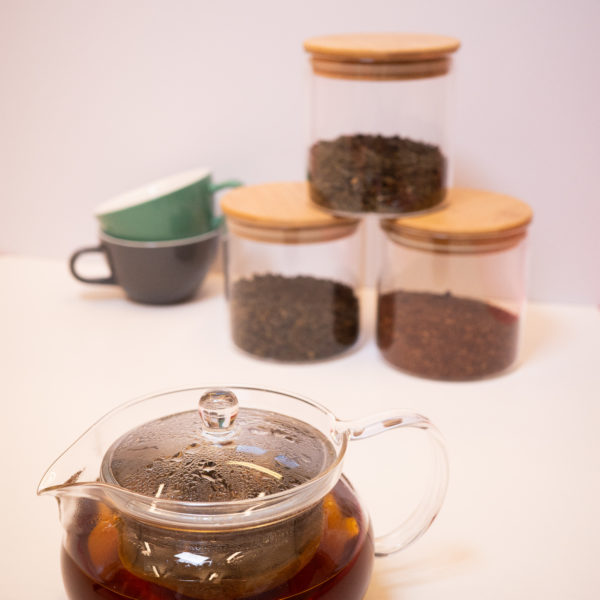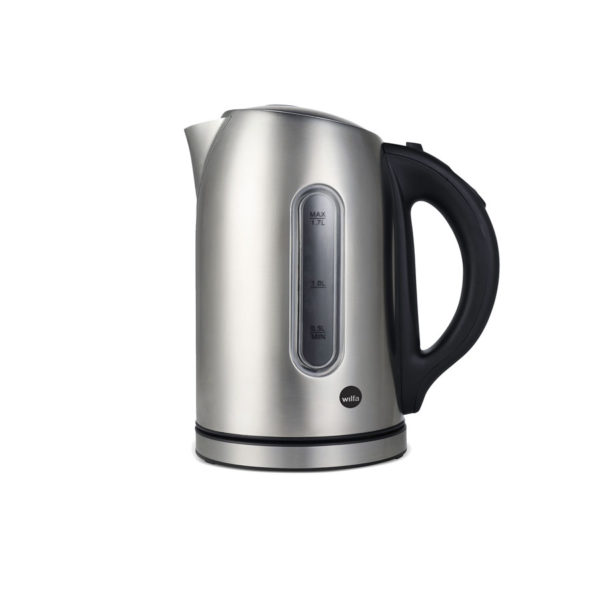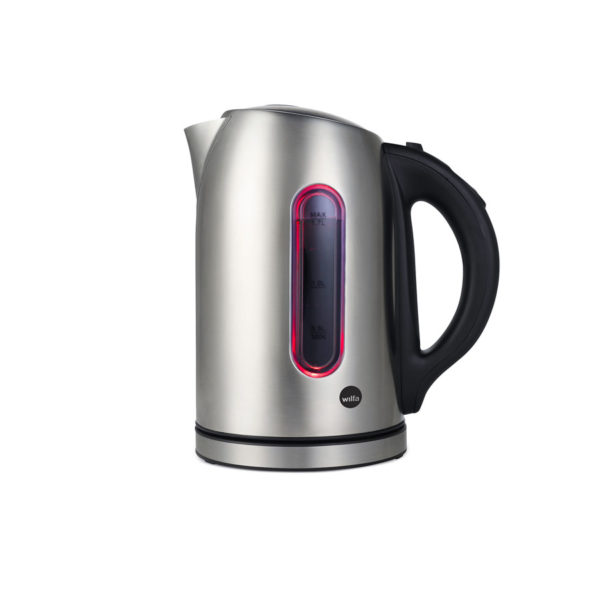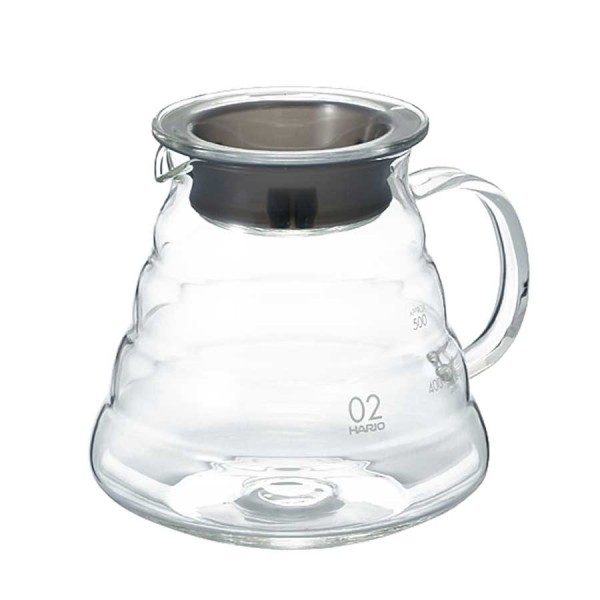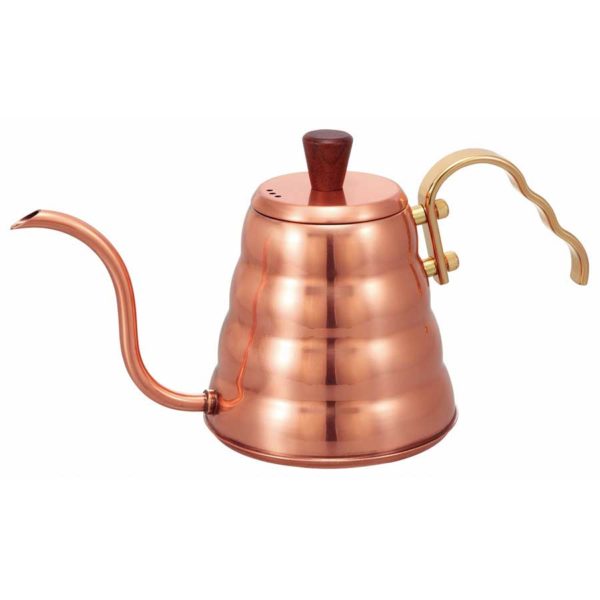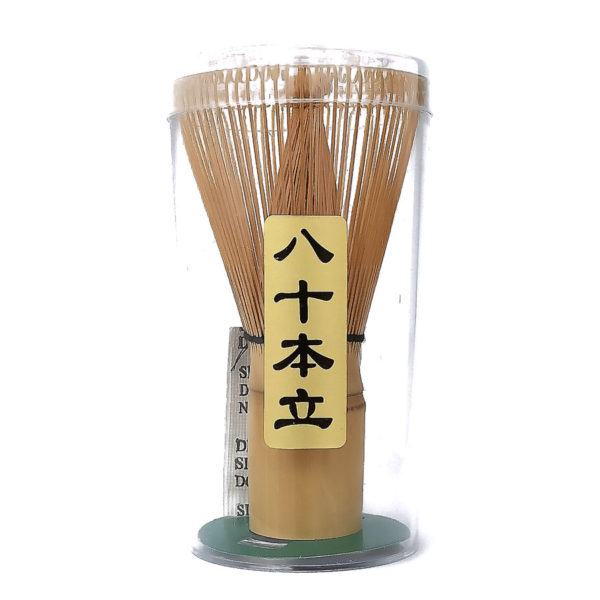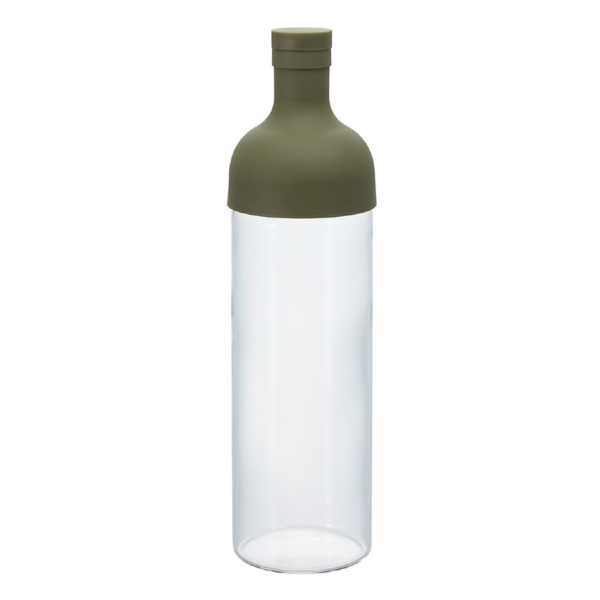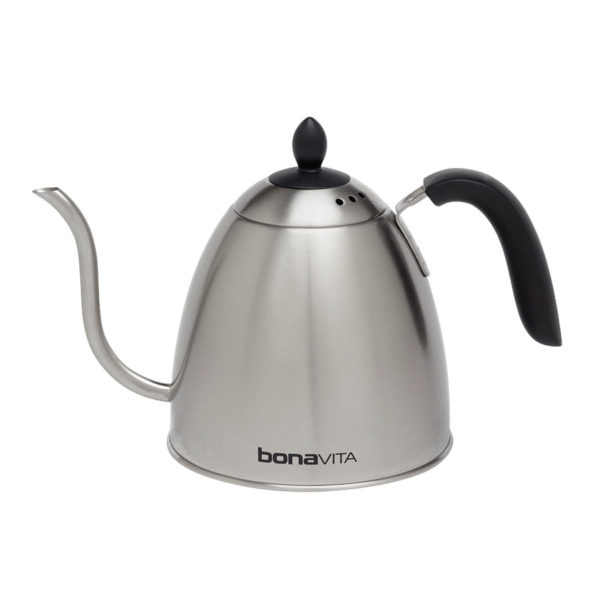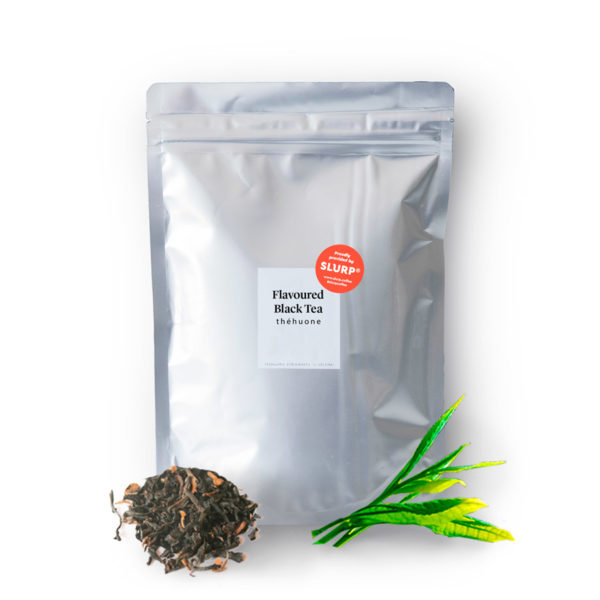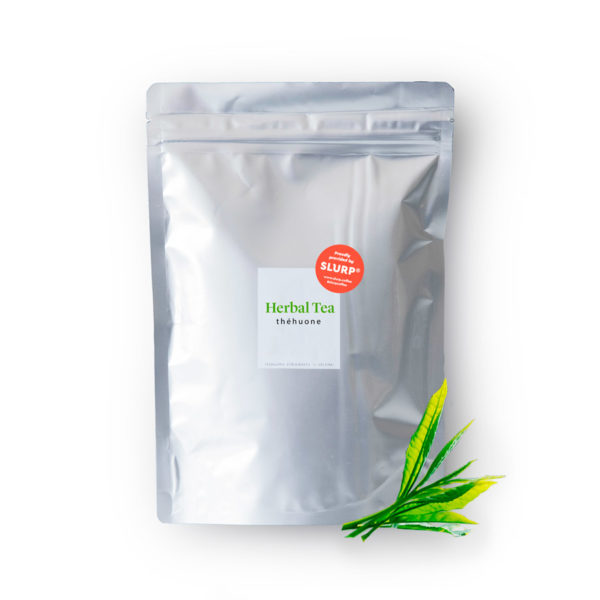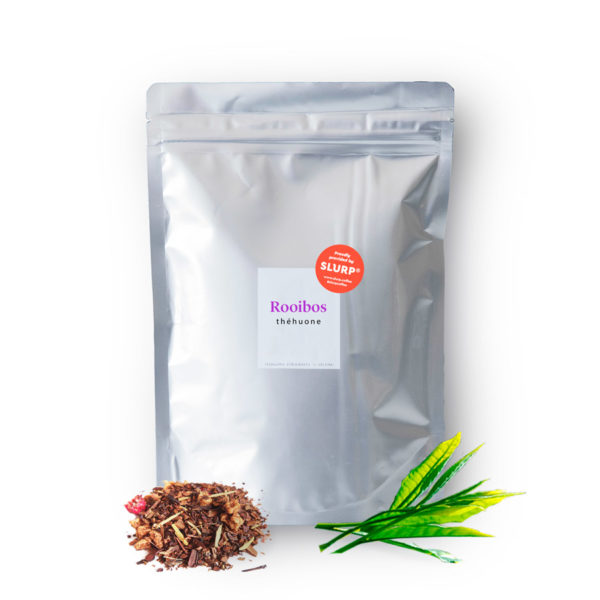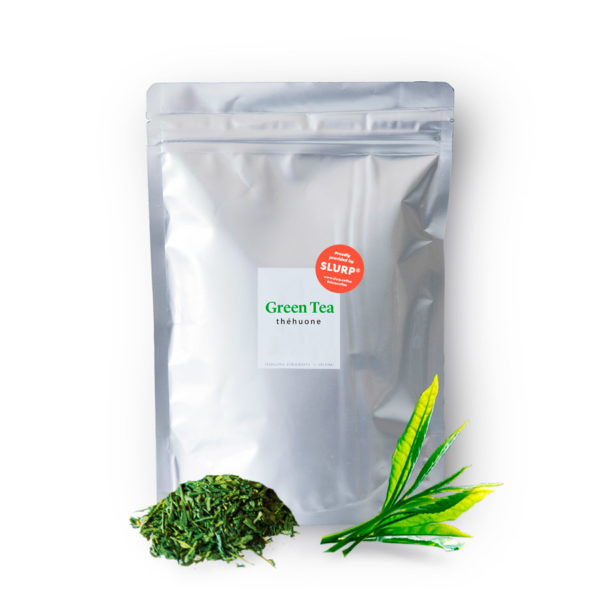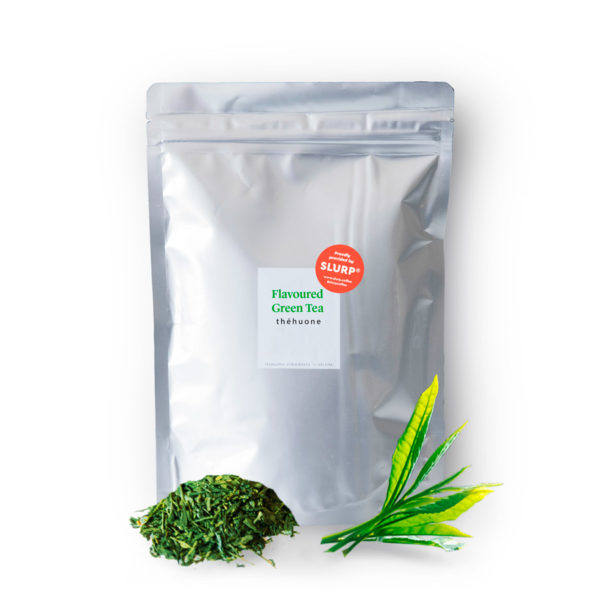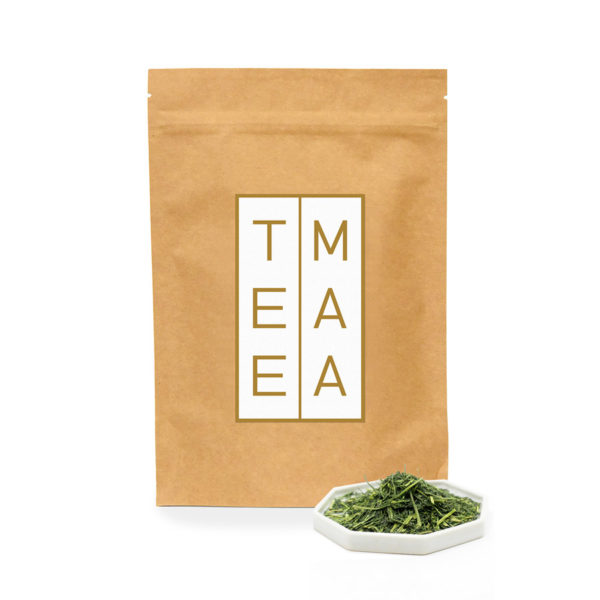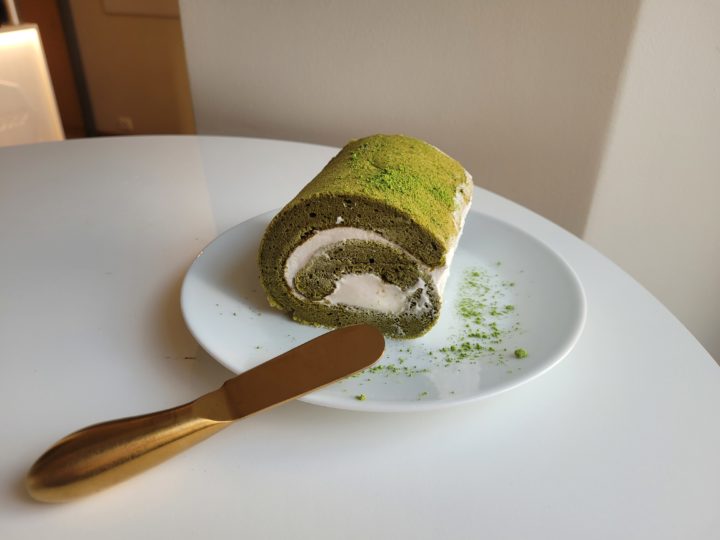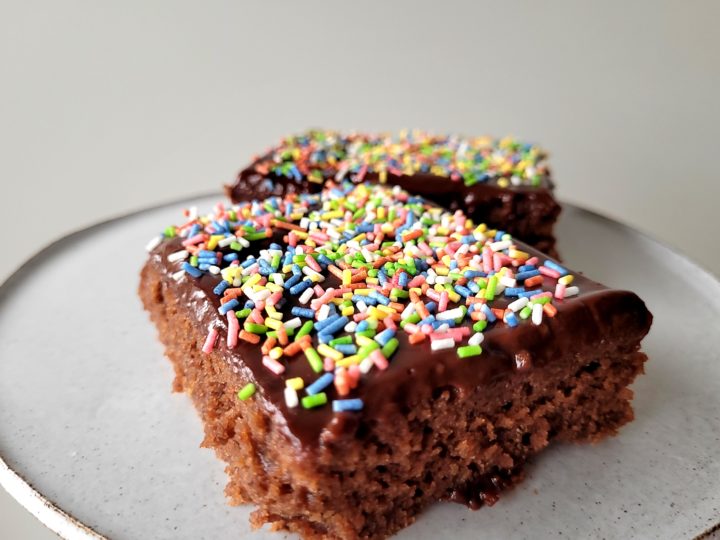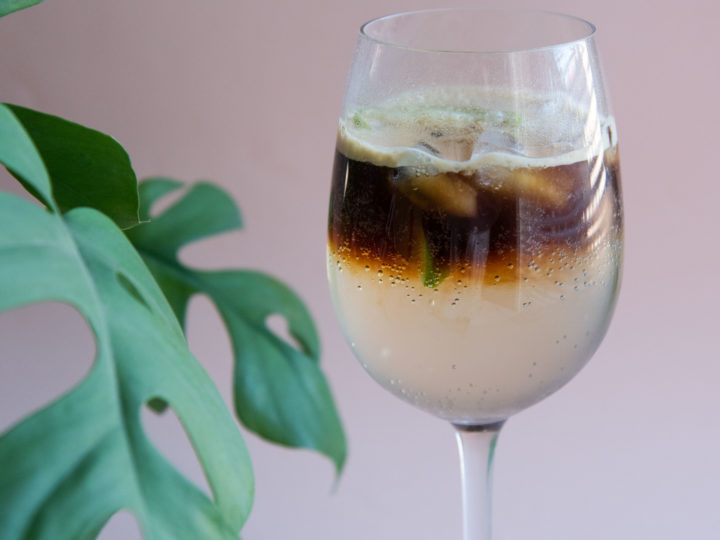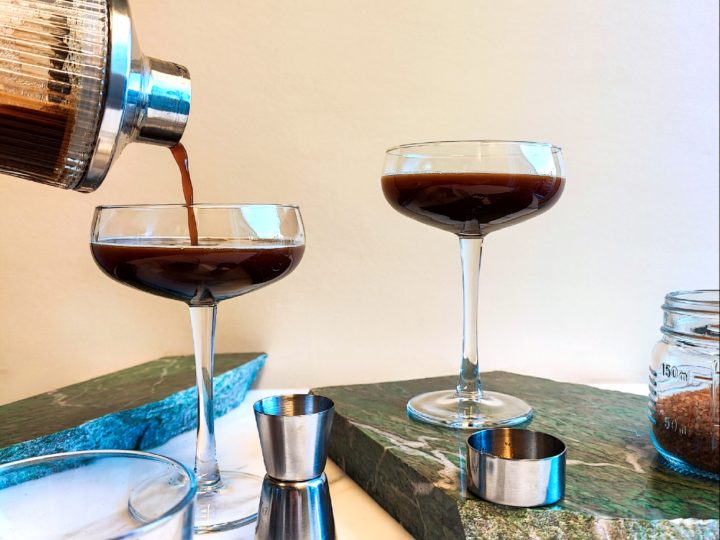Do you feel that the tea you are brewing is quickly bittering and you are not getting the desired result, even though you think you are brewing it correctly? In this article, you’ll find basic tea tips from Peng Luo, co-founder of Teemaa, our long-time tea partner.
All you need to brew a traditional loose tea is a kettle, a steeping bowl (such as a teapot or cup) and a tea strainer to remove the leaves from the water at the end of the brewing process. The most practical filter design is open, basket-shaped and as spacious as possible.
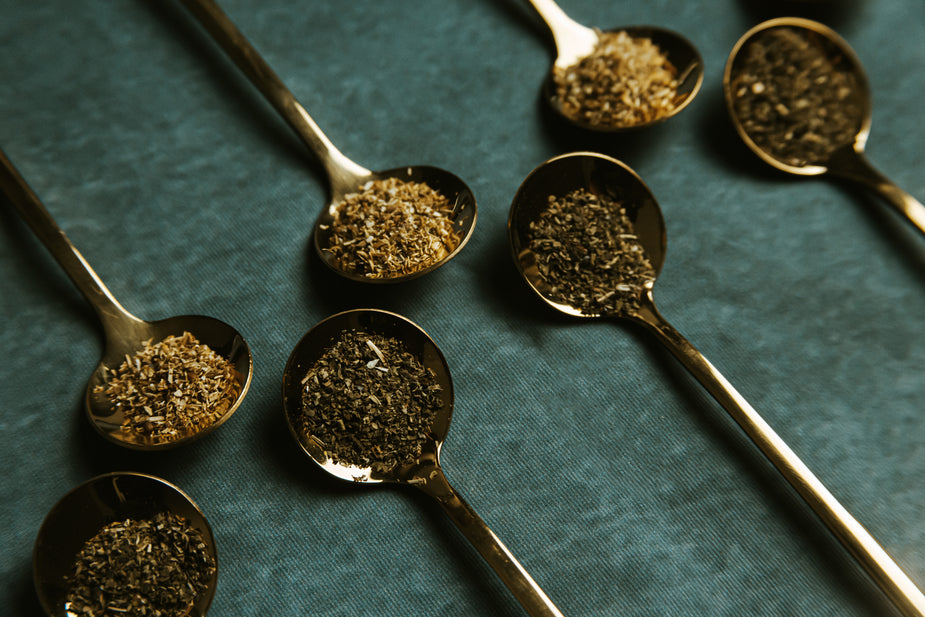
Green and yellow tea: water 70-80 °C, steep for 1-3 minutes.
White tea: water 70-90 °C, steep 2-5 minutes.
Black tea, oolong tea, dark tea and herbal: water 90-100 °C, steep 2-4 minutes; herbs can be steeped longer.
Portion (/2 dl water): 2 grams of loose tea, usually 2 teaspoons. Some teas are more voluminous (e.g. most white teas) or denser (e.g. rolled oolong and Japanese green teas). Fortunately, dosing tea leaves is not a completely precise task, and the amount can be adjusted with experience in following steeping sessions. The herbs can be added more liberally.
General tips
- The easiest way to get 70-80°C water is to put a quarter of cold water and the rest of boiling hot water in your steeping dish. You can pour the water over the leaves, so they sink in and start to give flavour more quickly. The temperature of the water plays a big role, especially when making green tea, which has a reputation for being over-boiled because it is often brewed too hot for too long.
- When brewing tea, do not stir the leaves or squeeze out the liquids. This will avoid an unnecessary bitter taste.
- The same tea leaves, especially loose leaves, can be used for several brews. For new steepings, you can increase the steeping time or the water temperature to maintain the right flavour. After steeping, it is advisable to use up the leaves within 24 hours.
- Even the most expensive tea has a very low price per litre. If you include the extra brewing, for example, tea costing €20 per 100g is around 70 cents a litre. This is in the same price range as the cheapest sodas, and considerably cheaper than basic beers and wines. Still, a good tea can be a much more versatile drink in terms of taste and mood.
- Even teas with the same name can be different. Price differences are often explained by differences in quality, which can be seen in the composition of the leaves and the taste of the tea. In China and Taiwan in particular, many ‘same’ teas are produced in many different grades and from different regions.
Bowl tea is the easiest way to drink tea
You don’t need a strainer or any other special equipment, just a drinking bowl, loose tea leaves and hot water.
Place the tea leaves in the bottom of the dish; a good dosage is about half the amount of leaves of a regular strainer brew. Then pour hot water (which can be boiling) into the container, preferably with force, so that the leaves mix with the water and sink in more securely. Wait until the tea cools to drinkable temperature. Any leaves that remain on the surface can be blown aside as you drink.
In a bowl tea, the best type of container is specifically a bowl or other flat cup. The hot water cools down more quickly, so the leaves do not have too much time to release their bitter or dry taste. Unflavoured tea with large, whole leaves works best as a bowl, as the flavour remains smooth and the leaves do not float in the mouth. Chinese and Taiwanese black teas are excellent in a bowl.
Check out our instructions for making iced teas too!
Accessories for better tea can be found in our online shop
Comments (0)
Leave a reply
You must be logged in to post a comment.

